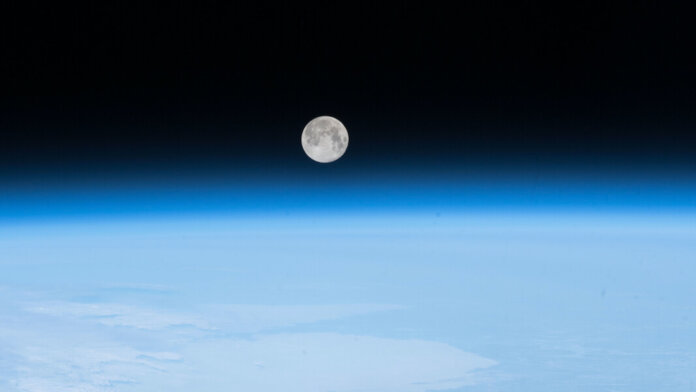Geoengineering the planet to reverse the worst effects of climate change is a controversial idea that has been largely rejected by the scientific establishment. But what if we did it out in space instead?
Despite growing efforts to reduce carbon emissions worldwide, the consensus is that we’re doing too little too late. This has led to growing interest in geoengineering approaches, which either attempt to remove carbon dioxide from the atmosphere or manage the amount of solar radiation entering it.
Both would involve tinkering with critical Earth systems though, which is why most scientists say the risks outweigh the potential rewards. But an alternative that has been floated several times over the last few decades is to instead deflect the sun’s rays before they even reach the planet.
Now researchers have devised a new twist on this idea by proposing to fire dust from the moon’s surface towards a gravitationally stable point between the Earth and the sun where it could act as a solar shield.
“Our strategy could be an option in addressing climate change,” lead author Ben Bromley, from the University of Utah, said in a press release. “We aren’t experts in climate change, or the rocket science needed to move mass from one place to the other. We’re just exploring different kinds of dust on a variety of orbits to see how effective this approach might be. We do not want to miss a game changer for such a critical problem.”
Previous suggestions for creating solar shields in space have involved building giant mirrors or fleets of spacecraft in orbit, or most recently a giant raft of bubbles made of silicon. But a major problem with most of these approaches is the cost and complexity of doing construction in outer space.
An alternative is to use simple clouds of dust to reflect the light, but this raises the question of where to source it from and how to get it there. To have a significant impact on climate change you would need approximately 10 billion tons of the stuff, the researchers say in a paper in PLOS Climate outlining their idea.
The team is well suited to solving the problem, because they specialize in studying how planets form from the clouds of dust orbiting around stars. They used techniques from their regular line of work to analyze the best positions for a dust-based solar shield, the best ways to get it there, and how long it would stay put.
They found the most effective approach would be to launch dust from Earth to a space-based platform at the Lagrange point between the sun and Earth, where the gravitational pull of the two bodies cancels each other out. The dust would then be released and disperse to create an effective solar shield. However, the cost and effort involved in launching dust from Earth would be astronomical, and the particles would quickly be blown away by the solar wind.
That’s why the researchers suggest using lunar dust instead. The low gravity of the moon makes launching material far less costly, and the team also found that the regolith on the surface of the moon is surprisingly effective at reflecting light. What’s more, they found that firing it along a trajectory between the moon and the Lagrange point led to a sun shield that would last considerably longer.
There are clearly still plenty of gaps in the plan. For a start, you would need to build mining infrastructure on the moon to harvest the dust, and some kind of high-powered gun to launch it into space. Also, while it would hang around for longer, those 10 billion kilograms of dust would still need to be replenished at regular intervals. Perhaps most disconcertingly, any failure in the system would lead to a “termination shock” that could cause a rapid and deadly spike in solar radiation.
Given the enormous cost and potential pitfalls, it seems unlikely the idea will get off the ground anytime soon. But given our slow action on climate change so far, it can’t hurt to have some people thinking about potential moonshots.
Image Credit: NASA



